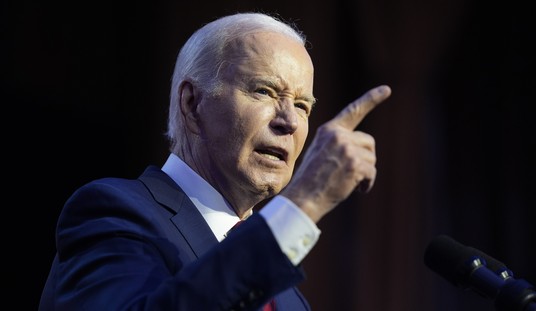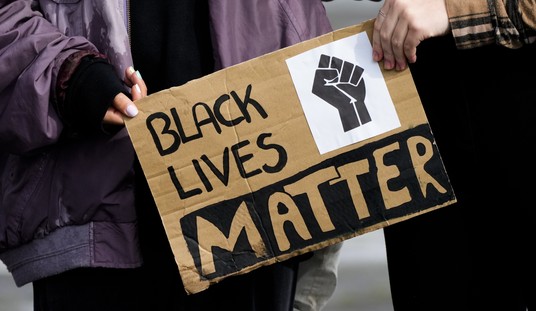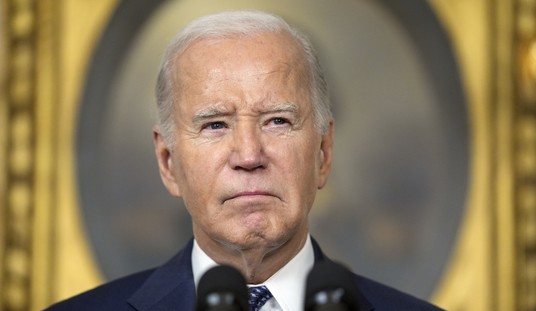Two weeks floating around in Europe — old Europe (Austria) and new (Hungary and the Czech Republic) — yield these observations . . .
Austria astounds. Salzburg is Mozart (his birthplace), a pub where Charlemagne supposedly quaffed a few, and vast happenings in squares with bands and giant screens showing the latest in the all-Europe soccer tilt. There’s Melk with its stupendous abbey, captivating medieval Durnstein, the Danube winding through the Wachau Valley, and compelling golf courses tucked in the shadows of castles and cliffs.
And unforgettable Vienna with Schonbrunn palace — seat of the 600-year Hapsburg dynasty — and Haydn and the Strausses and still more Mozart.
Budapest reveals the old empire’s second city with royal playgrounds, opera houses, and cathedrals rivaling — in magnificence and antiquity — first-city Vienna’s.
Likewise Prague. It boasts the noble Lobkowitz house and a gilded castle surrounding a fully frescoed cathedral — complete with windowed sarcophagal displays of skeletalized saints. The multi-squared downtown features an elaborate town-hall cuckoo clock, opera houses celebrating Dvorak and Smetana, the bohemian haunts of Kafka and existential nihilists, and a final goulash dinner in a restaurant decked out in excessively flocked red wallpaper where well-packaged ladies may have prepped (and prep) their clients for subsequent activities.
An hour from Prague lies Terezin, a town-sized Nazi transport camp for Jews on the way to extermination elsewhere. It, too, staggers the mind and overwhelms the heart.
Perhaps one way to define old and new Europe is by their recent pasts. Austria endured Hitler but never Stalin. Hungary and the Czech Republic survived both — and so possibly exude a vigor, an energy, a determination to clamber back into the light of liberty. Oppression carries within it, generates within its victims, the insistent message of nevermore.
The people — Austrians, Hungarians, Czechs — were uniformly warm toward Americans, but the latter two more distantly and at arm’s-length, perhaps revealing the lingering effects of terror’s yoke. Prices were out-of-this world. How about, in Prague, a $30 hamburger — albeit with fries? The cost for a gallon of gasoline is generally about twice the $4 cost here. (Stabilize the dollar!)
Recommended
In taxation, at least, the regimes of old Europe tend to be more welfaristic, regulationist, and burdensome than those of the new. Austria, for instance, has individual tax rates reaching above 50 percent — not including compulsory taxes for pensions, health care, and churches. Little wonder that numerous former Soviet satellites in central and eastern Europe are moving (as Russia itself has) to various versions of the less punitive and redistributionist flat tax.
Old Europe tends to tell the U.S. what to do (about taxation, welfarism, Islamofascist terror, and foreign policy). New Europe — perhaps more appreciative of America’s role in its own de-satellization — tends to want to learn from us, to take our lead, or even (on e.g. taxation) to show us the way.
Many Americans believe that anything emanating from Europe has to be better than its equivalent of U.S. origin: cars for example, and wines, and tailoring, and movies — even if those flicks look as though they were produced on surplus World War II wingtip film. And European cities, contrary to most of their American counterparts, are said to work.
If they do, that may be because nearly all were built around churches or cathedrals, which in turn generated a sense of community. People moved into old cities and towns of Europe principally for safety, commerce, and the exchange of ideas — and there they got religion. Today Americans are leaving their cities for reasons of safety and the education of their young; less and less do they require cities for commerce and ideas. And establishment churches often are ceasing — failing — to provide communitarian glue.
European cathedrals, now often emptier than American churches (and requiring, in places such as Austria, state support to keep them up) have become museums no less than European palaces — artifacts of a past on display and still deemed important to recall. Maybe the communitarian glue they once applied still holds.
Floating around for two weeks in Europe old and new, it certainly seems so — not least in a service level, a desire to please visitors and customers, rarely seen in the U.S. That hospitality, even with the dollar plunged to record levels against the euro, and even with cattle-car trans-Atlantic air accommodations, still makes Europe a trip.
























Join the conversation as a VIP Member